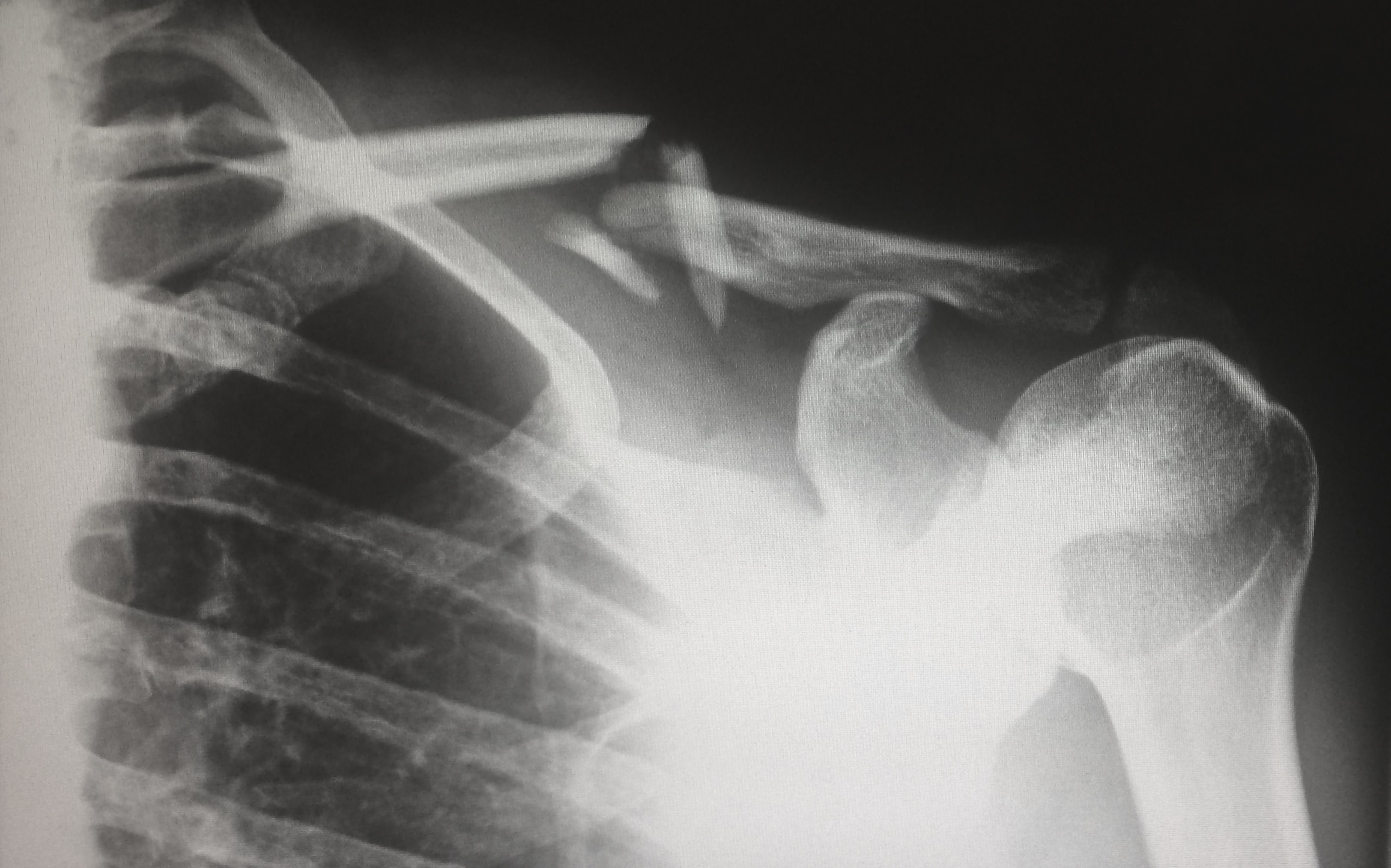When it comes to injuries sustained in the senior living industry, you are likely to immediately think of the elderly patients suffering a fall as a result of their decreased mobility. However, staff injuries are also a major concern that has many companies reconsidering and revamping their procedures.
Unfortunately, many incidents happen in the process of transporting patients to new locations. Over the past few years, this has become a more frequent and expensive issue. The result of which can be more employees on sick leave and an understaffed team. Senior residents can also sustain injuries as a result, resulting in more claims being filed and otherwise avoidable expenses which can devastate care facilities.
So, the question becomes: What should companies do to help mitigate this risk and keep their patients and staff safe?
Remember the Limitations of Patients
When it comes to senior caregiving, it is critical to consider the fact that individuals might not always be able to voice or otherwise articulate their situation. When moving or transporting patients, staff should carefully explain what is going to happen using clear and simple language. It is important that the process is done slowly, in case there are any unexpected movements that could result in injury.
Incidents are most likely to happen with patients that suffer from dementia or other memory issues, which means that the individual is unlikely to remember and adhere to a previous set of instructions. This means that the process needs to be explained each and every time.
Make Sure that Staff Is Appropriately Trained
Many senior care facilities are understaffed, meaning that the on-site team is likely to be overworked and potentially inexperienced. However, there is no excuse for cutting corners, particularly when the risk and damages can be so high. Make sure that the staff member doing the transfer has been appropriately trained and has experience with this procedure. Seasoned team members with experience can help explain the process to newer employees and provide assistance and oversight as the staff gets up to speed.
New Equipment Can Help – If Used Properly
Thankfully, technological advancements are providing assistance in many areas of senior living. This includes areas involving patient transport. That said, the previous statement still applies. Staff needs to be appropriately trained to use this equipment. Regardless of how straightforward a new tool may appear to be, team members should never be testing it out by themselves for the first time, and certainly never with a patient.
By following this advice, you can help reduce the costs of worker – and patient-related injuries at your facility.
Photo by Harlie Raethel on Unsplash

